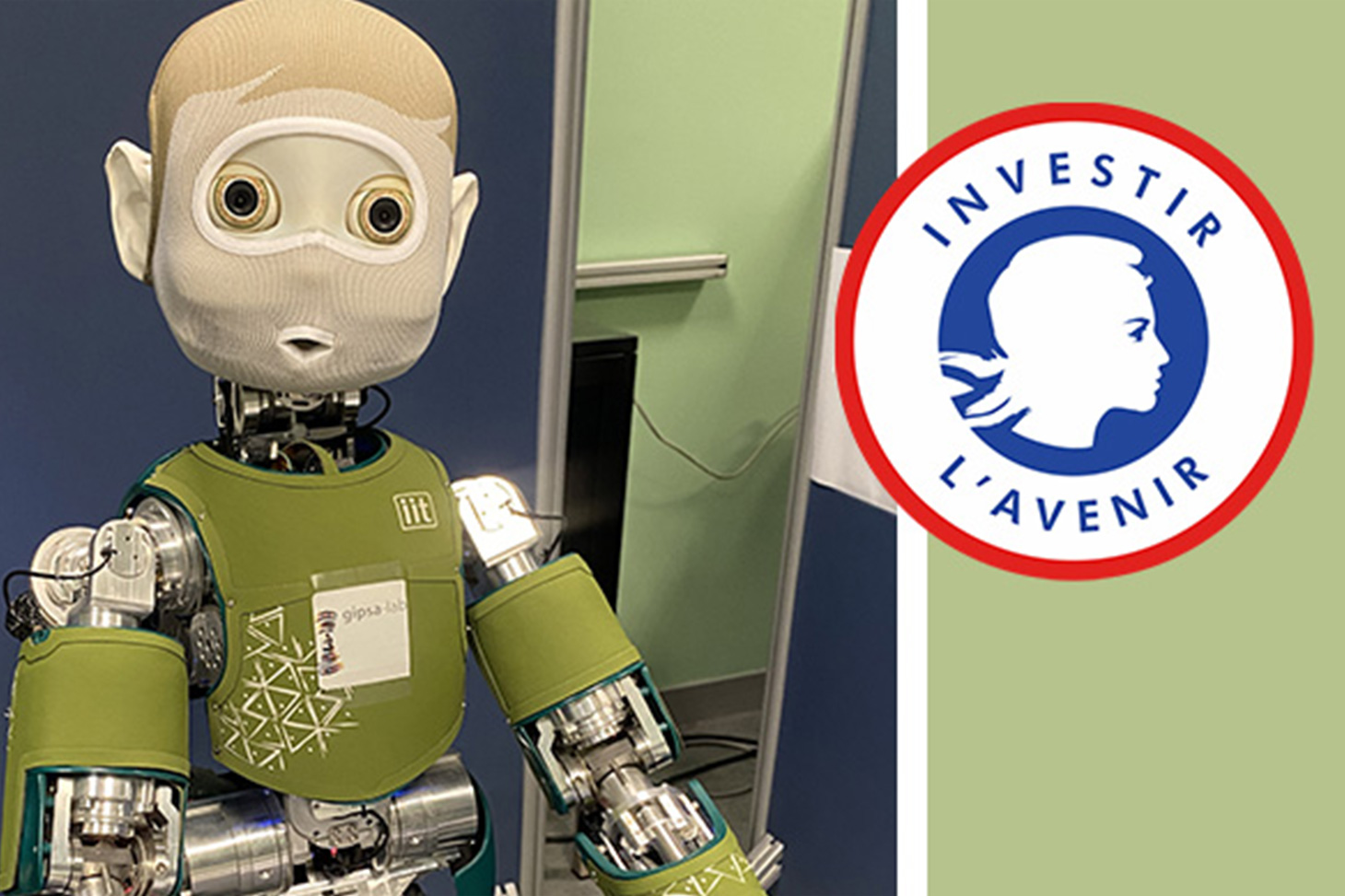Robotics: Pooling for greater efficiency
Research, Utilisation/promotion
On March 21, 2022

Under the latest calls for project proposals from the Investments for the Future Programme, a budget of €12 million has been allocated to the French robotics community for the purchase of targeted equipment. Led by Nicolas Marchand, CNRS researcher at the GIPSA-Lab* and teacher at Grenoble INP - UGA, the TIRREX project was officially launched in December 2021 for an 8-year period, and has just obtained National Research Infrastructure certification from the Ministry for Higher Education, Research and Innovation.
There is strength in unity. This is especially the case for multidisciplinary sciences like robotics - the ultimate complex science which requires the pooling of both knowledge and equipment. With that in mind, the TIRREX project (Technological Infrastructure for Robotics Research of Excellence) intends to finance the development of new, easily accessible sharing platforms.
Coordinated by the GIPSA-Lab, this project brings together 18 national partners who will share the development of platforms and basic technological building blocks, which will then be made available to the whole community.
The national platforms are structured around 6 key areas:
All of these areas will also be supplemented by a prototyping and design area focused on the use of advanced means of mechanical execution, a manipulation area (which constitutes a general problem in robotics), and an open infrastructure area. The latter proposes the pooling of access methods to the platforms and the sharing of data delegated to GRICAD***. In time, the development of digital twins of the various platforms will allow for virtual fine-tuning of the experimentation phases.
* CNRS, Grenoble INP – UGA, UGA
**CNRS, Grenoble INP – UGA, UGA, VetAgro Sup
***Grenoble Alps Research - Scientific Computing and Data Infrastructure
Coordinated by the GIPSA-Lab, this project brings together 18 national partners who will share the development of platforms and basic technological building blocks, which will then be made available to the whole community.
The national platforms are structured around 6 key areas:
- XXL robotics - a relatively new field of research which focuses on very large robots, particularly for 3D printing buildings, and includes exploring the issues surrounding the flexing of the arms.
- Humanoid robotics and interaction, which studies the problems relating to the locomotion of a humanoid robot and its interaction with humans. For the first time, the whole community will share a single robot, thereby concentrating all the developments carried out across the whole of France.
- Aerial robotics, one of the two platforms of which is in Grenoble and offers an outdoor testing ground, combining navigation in the forest and in the natural environment. The GIPSA-Lab is also working on the piloting of drone fleets which requires compliance with strict standards and a sufficient number of authorised pilots. Moreover, the drones will become generic, which will further simplify the procedures for requesting administrative authorisation.
- Land-based mobile robotics, which focuses on vehicle development and the development of autonomous agricultural vehicles.
- Medical robotics, in which Grenoble’s TIMC** laboratory plays an important role. The equipment in this sector is designed to provide realistic data for an adaptive design and control, especially in the presence of soft tissue.
- Micro and nano robotics, which aim to develop automated methods for the manipulation and characterisation of objects smaller than 10 microns, including biological cells. One of the potential applications of this area concerns cell therapy.
All of these areas will also be supplemented by a prototyping and design area focused on the use of advanced means of mechanical execution, a manipulation area (which constitutes a general problem in robotics), and an open infrastructure area. The latter proposes the pooling of access methods to the platforms and the sharing of data delegated to GRICAD***. In time, the development of digital twins of the various platforms will allow for virtual fine-tuning of the experimentation phases.
* CNRS, Grenoble INP – UGA, UGA
**CNRS, Grenoble INP – UGA, UGA, VetAgro Sup
***Grenoble Alps Research - Scientific Computing and Data Infrastructure
Published on March 21, 2022
Updated on March 21, 2022
Updated on March 21, 2022

